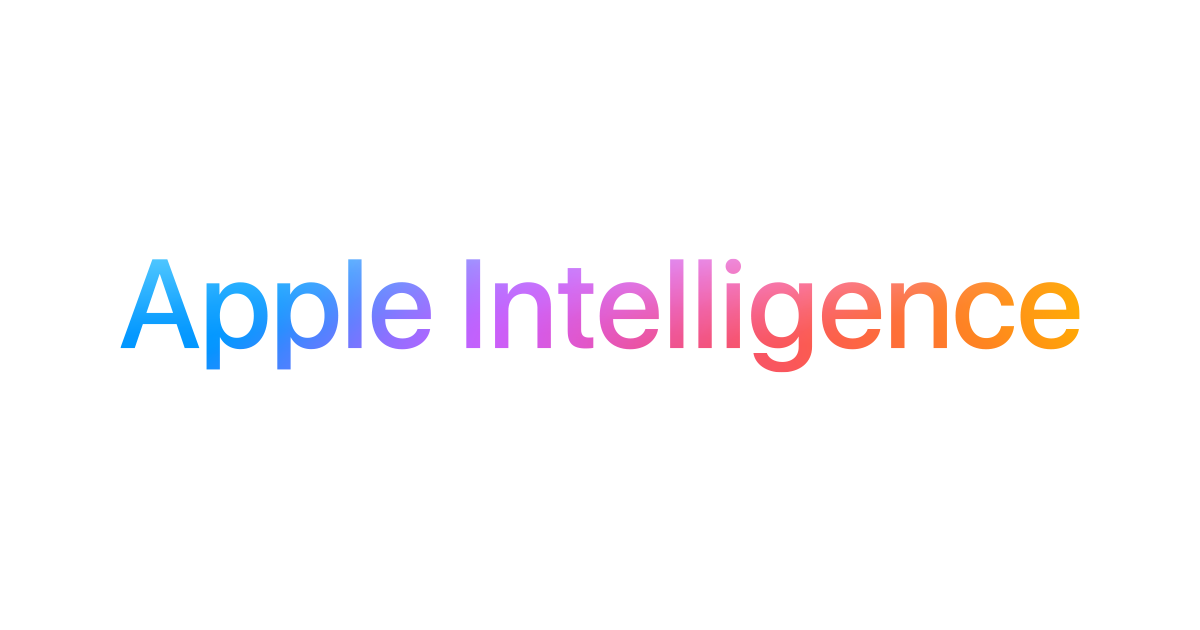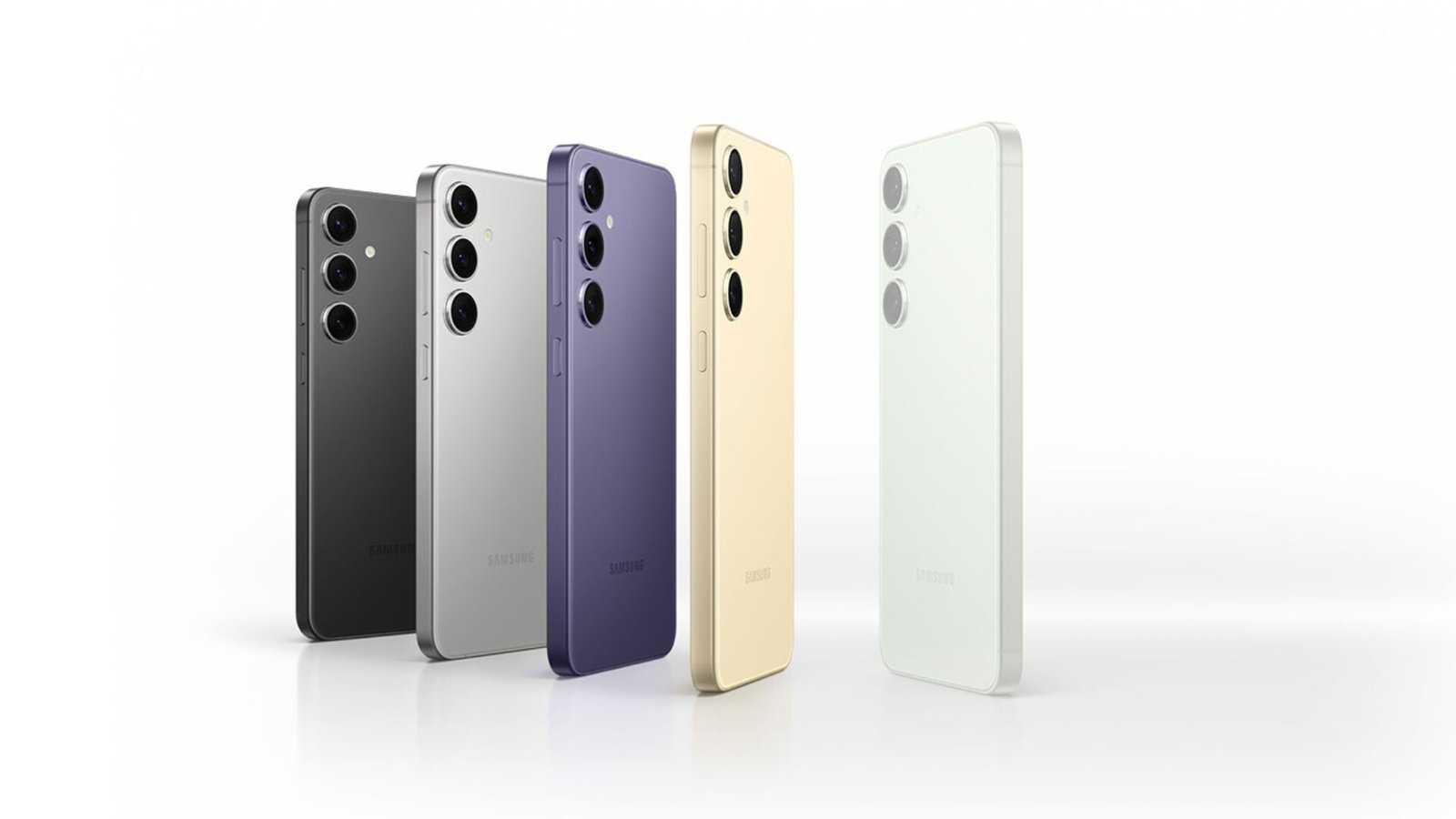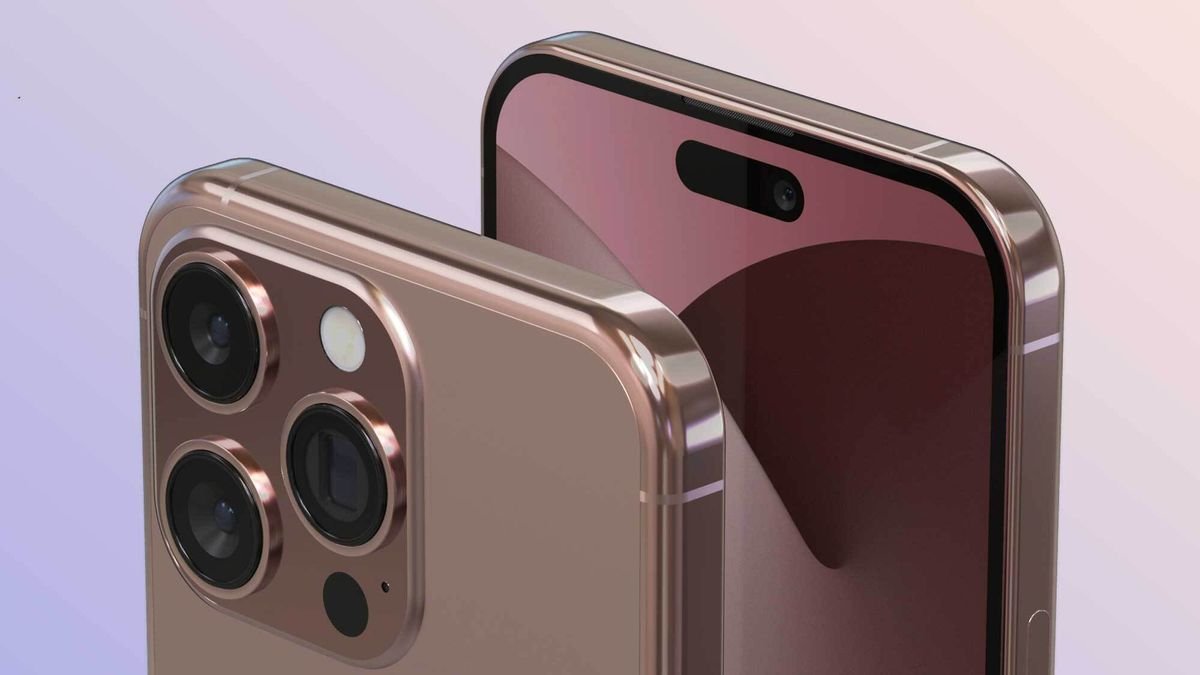Apple’s Vision Pro launch was…underwhelming, to put it mildly. Despite the initial hype and fanfare typical of Apple product releases, the $3,500 headset has been met with lukewarm reception, production delays, and a general sense of “meh” from consumers. While this might seem like a significant misstep for the tech giant, a deeper dive reveals that Apple’s long-term strategy for augmented reality (AR) and virtual reality (VR) remains sound. This initial stumble might just be a necessary growing pain in their ambitious journey towards a future where spatial computing is the norm.
On June 5th, 2023, at Apple’s Worldwide Developers Conference (WWDC), Tim Cook unveiled the Vision Pro, a sleek and powerful headset that promised to blend digital content seamlessly with the real world. The device boasts impressive technology, including high-resolution displays, advanced eye-tracking, and a powerful M2 chip. However, the high price tag, limited app ecosystem, and concerns about real-world usability have dampened enthusiasm. Early reviews, while acknowledging the technological prowess, have questioned the device’s practicality and mass-market appeal.
So, where did Apple go wrong? And why is their long-term vision still promising despite this faltering start? Let’s break it down.
The Vision Pro’s Launch Troubles: A Recipe for Lukewarm Reception
Several factors contributed to the Vision Pro’s less-than-stellar launch:
- Sticker Shock: The $3,500 price point immediately placed the Vision Pro in the luxury category, making it inaccessible to most consumers. While Apple products generally command a premium, this price was significantly higher than even the most optimistic predictions.
- Limited Use Cases: Beyond the “wow” factor of immersive experiences, the initial software lineup failed to showcase compelling everyday applications for the average user. While there’s potential for gaming, entertainment, and productivity, these use cases need further development and refinement.
- The “Ski Goggle” Problem: Despite Apple’s design efforts, the Vision Pro is still a bulky headset that can feel isolating and awkward to wear. Early users have reported discomfort and a sense of disconnect from their surroundings.
- Production Woes: Reports of manufacturing challenges and lower-than-expected production targets further compounded the problem. Limited availability and potential delays can frustrate early adopters and dampen overall excitement.
My Take: A Developer’s Perspective
As someone who has been developing AR applications for several years, I had a mixed reaction to the Vision Pro announcement. On the one hand, the device’s technical capabilities are undeniably impressive. The combination of powerful hardware, advanced sensors, and Apple’s focus on user experience has the potential to unlock truly innovative AR experiences.
However, I also share the concerns about the high price and limited use cases. From a developer’s perspective, building for a niche, expensive device can be challenging. The success of the Vision Pro hinges on a thriving app ecosystem, and that requires a large enough user base to incentivize developers.
Apple’s Long Game: Why This Setback Isn’t a Dealbreaker
Despite the initial hiccups, it’s important to remember that Apple is playing the long game. The Vision Pro is not just a single product; it’s a stepping stone towards a future where spatial computing is deeply integrated into our lives. Here’s why their strategy remains sound:
- Technology Leadership: Apple has a history of entering new markets later than competitors but with more refined and user-friendly products. The Vision Pro, even with its flaws, is arguably the most advanced AR/VR headset currently available. This technological edge gives them a strong foundation to build upon.
- Ecosystem Synergy: Apple’s tightly integrated ecosystem of devices and software gives them a significant advantage. The Vision Pro can seamlessly connect with iPhones, Macs, and Apple Watches, creating a cohesive user experience that competitors struggle to match.
- Focus on User Experience: While the current design may have limitations, Apple’s obsession with user experience is evident in the Vision Pro’s intuitive interface and attention to detail. As the technology matures and miniaturizes, future iterations are likely to be more comfortable and user-friendly.
- Developer Support: Apple has a strong track record of fostering a vibrant developer community. Despite the initial challenges, the Vision Pro’s potential will attract talented developers who will create innovative applications that push the boundaries of AR/VR experiences.
The Road Ahead: Iterating Towards Mass Adoption
Apple’s Vision Pro launch may have been bumpy, but it’s far from a failure. This is just the first step in a long journey towards mainstream AR/VR adoption. Here’s what we can expect from Apple in the coming years:
- Price Reductions: As production costs decrease and technology matures, we can expect to see more affordable versions of the Vision Pro in the future. This will be crucial for expanding the user base and attracting a wider range of developers.
- Enhanced Use Cases: Apple will continue to invest in software and app development, focusing on practical applications that enhance everyday life. We can expect to see more compelling use cases in areas like healthcare, education, and remote collaboration.
- Improved Design: Future iterations of the headset are likely to be smaller, lighter, and more comfortable to wear. Apple will continue to refine the design, addressing concerns about bulkiness and social acceptability.
- Expanded Ecosystem: Apple will further integrate the Vision Pro into its ecosystem, creating seamless interactions with other Apple devices and services. This will enhance user experience and create a more compelling value proposition.
The Vision Pro’s launch may not have lived up to the hype, but it’s crucial to view it within the context of Apple’s long-term strategy. This is a company that has repeatedly disrupted industries and redefined consumer technology. While the initial reception has been lukewarm, Apple has the resources, the technology, and the vision to overcome these early challenges.
The road to mass adoption of AR/VR will be long and winding, but Apple’s commitment to innovation and user experience positions them as a key player in shaping the future of spatial computing. This initial stumble is simply a learning experience, a necessary step towards a future where digital content seamlessly blends with our physical world.



















Add Comment